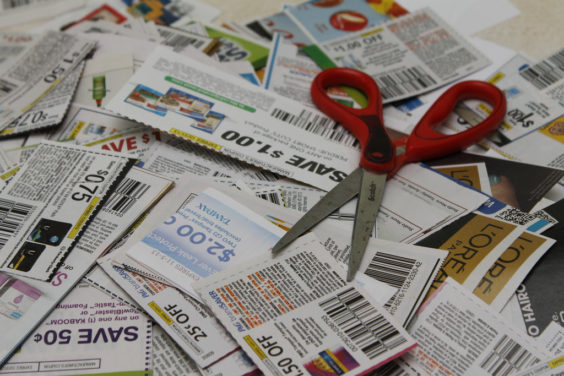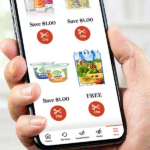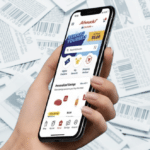
How low can coupon use go?
As the coupon clipping craze continues to descend from the heights of the “extreme couponing” era, and the even loftier heights of the recessionary early 90’s, it seems the downward trend hasn’t hit bottom quite yet. In 2015, coupon use hit a 40-year low. Now, newly-released figures show that in 2016, the rate of coupon use fell even further.
What, you don’t like saving money anymore?
Inmar has released data from the latest edition of its annual Promotion Industry Analysis, which tabulates and evaluates all manner of coupon statistics from the past year.
Inmar found that 307 billion coupons were distributed in 2016, which is the lowest number since 2008. But more noteable was the fact that only 2.2 billion of those coupons were redeemed. That’s down from the previous year’s 2.3 billion, which already represented the fewest number of coupons used since 1976. You have to go back to the previous year of 1975, when 2 billion coupons were redeemed, to find the last time coupon usage was any lower.
And back in 1975, those 2 billion coupons were among only 35.7 billion coupons issued, representing an overall redemption rate of around 5%. This past year, with exponentially more coupons available to use, the redemption rate was less than one percent.
So is couponing on the way out? Do you need to put away your scissors and get used to paying full price?
Inmar says not to worry – coupons will still be around for a long time to come. But they do face some challenges.
In its corresponding Shopper Behavior Study, Inmar found that 89% of shoppers reported that they used a coupon in the past three months, down from 92% in 2015. But only 42% said they “usually or always” use coupons.
That’s because of a widespread complaint that coupons just aren’t good enough these days. 63% of survey respondents said “my coupons expire before I have a chance to use them” and “I can’t find coupons for the products that I want to buy,” while 48% said “it takes too much time to find coupons”.
It doesn’t help that coupon values are going down. The average face value for coupons last year was $1.64, down a dime since 2015. You’re saving even less if you’re looking to feed your family – the average face value of food coupons was just $1.11, which is actually about the same as the previous year. The value of nonfood coupons declined to an average of $1.94, which was down 8 cents, but still significantly higher than food items.
There’s some hope, though, if you’d like to save money on things you can actually eat. Reversing a recent decline, the percentage of available food coupons actually increased slightly last year. 35.6% of all coupons distributed were for edible items, up 1.5% from 2015. And shoppers are expressing a clear preference for food coupons – they represent 63% of all coupons redeemed.
But is the usual grumbling about low face values and not enough food coupons really to blame for coupon use plunging to such a historic low? There may be other factors at play.
Inmar points to the growing trend of prepared foods, for one. Stores are selling more ready-made meals, while services like Blue Apron and HelloFresh deliver meal kits to your home. And you don’t end up using many coupons, when you’re not shopping for individual ingredients anymore.
There’s also the budding trend of online grocery shopping. As more people do their shopping from home, they’re paying a price for the convenience by not being able to use as many – or any – coupons.
Shoppers also continue to gravitate toward digital coupons. While coupons from the Sunday newspaper still represent more than 90% of all available coupons, and paper coupons still far outpace digital in terms of popularity, digital’s share is rising slowly but surely. Last year, load-to-card digital coupons were redeemed at a rate of 6.2%, an all-time high.
Even so, digital’s growing popularity isn’t enough to boost those historically low coupon redemption figures. But at least the decline is slowing, Inmar points out hopefully, noting that last year’s 4.1% drop is far less than the previous year’s plummet of 13%.
So whether you prefer paper or digital, food or nonfood coupons, just be thankful there are still coupons to use at all. If coupon use declines any further, the future of grocery shopping could end up becoming a lot more expensive.











Pingback: Traditionalist Marketer? Go Digital or Go Home!
Quick/early expiration dates may play into this as well. I may want to buy a pain reliever in the next month, but the coupon expires either 6 days from the day published or 13 days from the day published. Most of those get thrown in the trash.
The average expiration date was actually up slightly last year, to two months. But yes, expiration dates are a lot shorter than they used to be, so even that slight increase isn’t enough to make up for the overall decline (the average just a few years ago was 2.4 months).